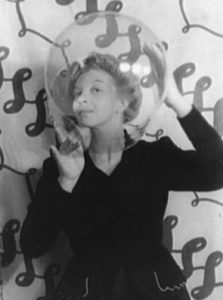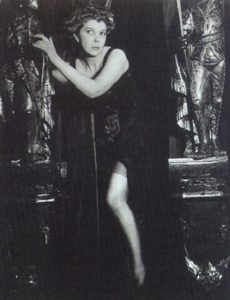
1907 - 1996
Leonor Fini

description
A French artist, a painter and graphic artist, master of book illustration, theater and cinema set designer. The art of Leonor Fini left a significant mark in the culture of France. She participated in all major exhibitions of representatives of the avant-garde art movements, along with Ernst, Dali, Picasso, Brauner and others, painted portraits of her famous contemporaries.
L. Fini is often called Dali’s feminine side; the Spanish genius of Surrealism himself highly appreciated the artist’s paintings. Not joining any groups, Leonor adhered to feminist principles, was an example of what an independent woman can achieve. Nine documentaries were filmed about her and her paintings; one of them, “The Cruel Legend”, was created in 1951. Fashion designers, such as Coco Chanel, specially designed clothes for her. Many poets and writers devoted their paintings to the works of Leonor and to Leonor herself; among them, there were Paul Eluard, Jean Cocteau, Alberto Moravia, Pablo Neruda.
The artist illustrated over 50 books – Shakespeare, Baudelaire, Nerval, and others. The most famous are her works on the erotic novel by Dominic Ory (Pauline Reazh) “History O”. She also created costumes and entourage for the films of Fellini and Castellani, and became the author of the bottle of the popular perfume “Shocking”.
Fini’s friend and painter Max Ernst characterized the creative manner and personality of Leonor Fini most succinctly and precisely, though very briefly, “Italian aggressiveness and scandalous elegance, fantasy and passion”. This characteristic is complemented by a phrase from the monograph by Jean Cocteau, “In her unrealistic realism, Fini summarizes her entire last period, more real than the reality itself, which is its sign”.
The artist occasionally rejected the title of surrealist that stuck to her, however everyone kept on thinking her so till her death. Perhaps, that is why Fini often changed her style, worked in various techniques, and appeared in the media, disowning the name “surrealism” regarding her art. At the same time, the fame of the artist became wider; her works were exhibited at major galleries and museums around the world.
Key ideas:
– The artist became engaged in fine arts when she was a child and had to wear a bandage on her sore eyes for a long time. A few years of such blindness gave her an irresistible desire to draw, developed her inner vision of fantastic images that arose in her brain. Her natural talent of a draftsman and her extraordinarily independent and strong character, which manifested itself both in the work of the self-taught artist and her extravagant behavior, contributed to her formation.
– Fini often painted women: the artist is considered not only praised the beauty and sexuality of women, but also a fighter for their rights. Leonor was the creator of the first in the history of painting “female” canvas with erotic overtones, which depicts a man (1942).
– The artist confidently and fruitfully expressed her vision of femininity, built her own “Renaissance myth”, adhering to the credo that “any painting is erotic”. At the same time, she said, “eroticism is not obligatory in the subject, because it can be guessed in the painting, in the depiction of a hand or in the folds of the fabric”.
– Leonor occasionally publicly rejected the title of surrealist, but everyone considered and considers her its representative. Perhaps, she often changed her style because of that, working in different techniques.
– Fini said that she created plots, “which do not exist, but which she would like to see”, using images from her own subconsciousness and intending to create an image of a “new woman” – a goddess, amazon-warrior, a desired mistress. These images almost always based on mysticism and passion, and also on the belief that one should return to the spiritual and mythological beginnings.
– A kind of totem for the artist were cats and sphinxes – their images, often appearing in the pictures, played an important role in her life and art (Fini identified herself with a free woman-cat).
1907
1924
1931
1936
1938
1947
1954
1957
1963
1983
1988
1996
The birth of the artist
She exhibited paintings at a collective exhibition in the Trieste Gallery
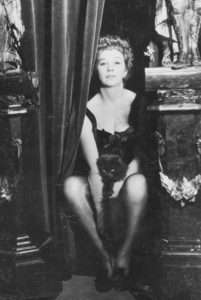
Moved to Paris
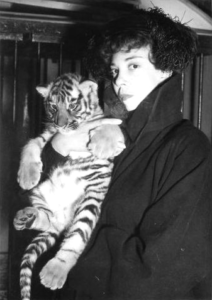
The press widely covered the first international exhibition of the artist in London

“Fantastic Art: Dada and Surrealism"
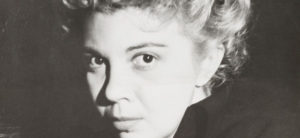
After a three-year stay in Rome, she returned to Paris
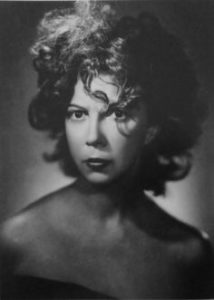
The artist’s exhibitions
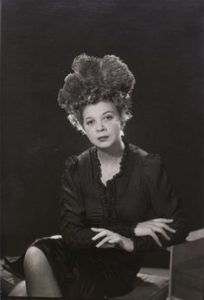
Fini had a large show at the Gallery “Seventy-Five” in New York
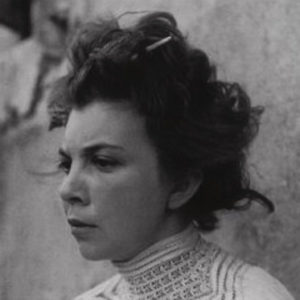
Created scenery and costumes for the Parisian opera

Her large solo exhibitions were held in cities of Italy
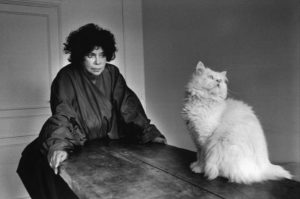
Her exhibitions were held at the Galerie Guy Pieters and Knokke-le-Zoute (Belgium)
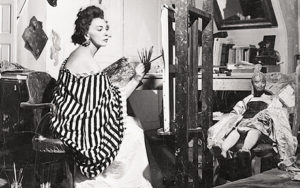
The death of the artist
